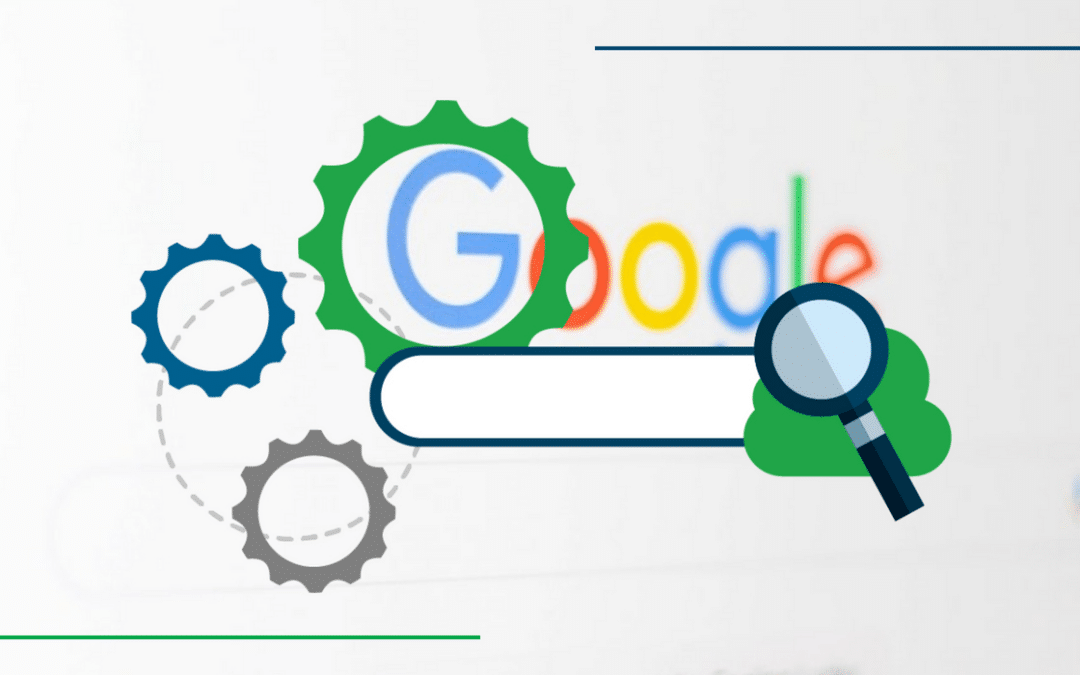Search engines use complicated algorithms to determine rankings for each web search. Besides presenting content that closely matches keyword searches, each website’s performance also plays a critical role. The latest evolution in Google’s ranking formula is the implementation of Core Web Vitals. Need a refresher? Read about the launch of Google Core Web Vitals on our blog.
To enhance internet visibility and findability, a knowledgeable SEO company uses various strategies known as Core Web Vitals that relate directly to each site’s performance.
The three core web measurements are:
- LCP – Largest Contentful Paint
- FID – First Input Delay
- CLS – Cumulative Layout Shift
1. Largest Contentful Paint
LCP is the elapsed time from when a user clicks on a link until the content appears on the screen. In other words, LCP is the minimum time that passes before the user can see and interact with the page.
The LCP measurement is a realistic measurement of what the user experiences when searching a specific site.
An SEO company can determine a client’s LCP score by accessing Google PageSpeed Insights and entering the web page URL. The site will display the website’s overall performance rating (1 to 100) and specific performance times in individual categories.
Google PageSpeed Insights overall LCP scoring comes from a compilation of individual elements that help the web manager or SEO company to focus on areas to improve.
The categories are:
- First Contentful Paint
- Speed Index
- Total Blocking Time
- Time to Interactive
- Cumulative Layout Shift
- Largest Contentful Paint
Average or unacceptable scores for each of these can signal an opportunity for improvement by the SEO specialist.
Possible upgrades in LCP may be removing unnecessary 3rd-party scripts, upgrading the web host, and reducing oversized page elements.
Also, setting up lazy loading or the loading of pages only as needed can improve overall LCP.
2. First Input Delay
A second measure employed by the best search engine optimization company is First Input Delay or FIP.
How long will it take before a user can interact with the website, and how long before it responds?
Interactions may include accessing a menu and selecting or clicking on a link or opening text on a mobile device. SEO specialists working with sites that expect substantial user interaction will focus more on FID than mostly passive, content-only sites.
FID response times are measured in milliseconds (ms). Guidelines for FID measurements are:
- 0 to 100 ms: Good
- 100 to 300 ms: Needs Improvement
- 300 to 500 ms or more: Poor
As with LCP, a low FID score will negatively impact a website’s ranking during a search.
A knowledgeable SEO company finds ways to improve its client’s FID. Some suggestions are to minimize Java Script, remove non-critical 3rd Party scripts, and implement a browser cache.
3. Cumulative Layout Shift
Google also provides a measurement for Cumulative Layout Shift (CLS) in its PageScreen Insights metrics.
Cumulative Layout Shift represents the page’s stability or how much a page “moves around” as it loads.
Stable pages with low CLS reduce the number of unintended user selections or the need to look around for where certain links and images may have gone.
Expert SEO companies search for solutions that will ensure the page is stable from the moment it appears. Improvements can come from setting a standard size for any photos, images, and infographics; making sure ads are placed in a specially reserved space; and adding new user interface elements below the fold where the page would naturally end before having to scroll down.
If all of that sounded foreign to you, you know who to contact. Our team at WSI Next Gen Marketing is here to help.

